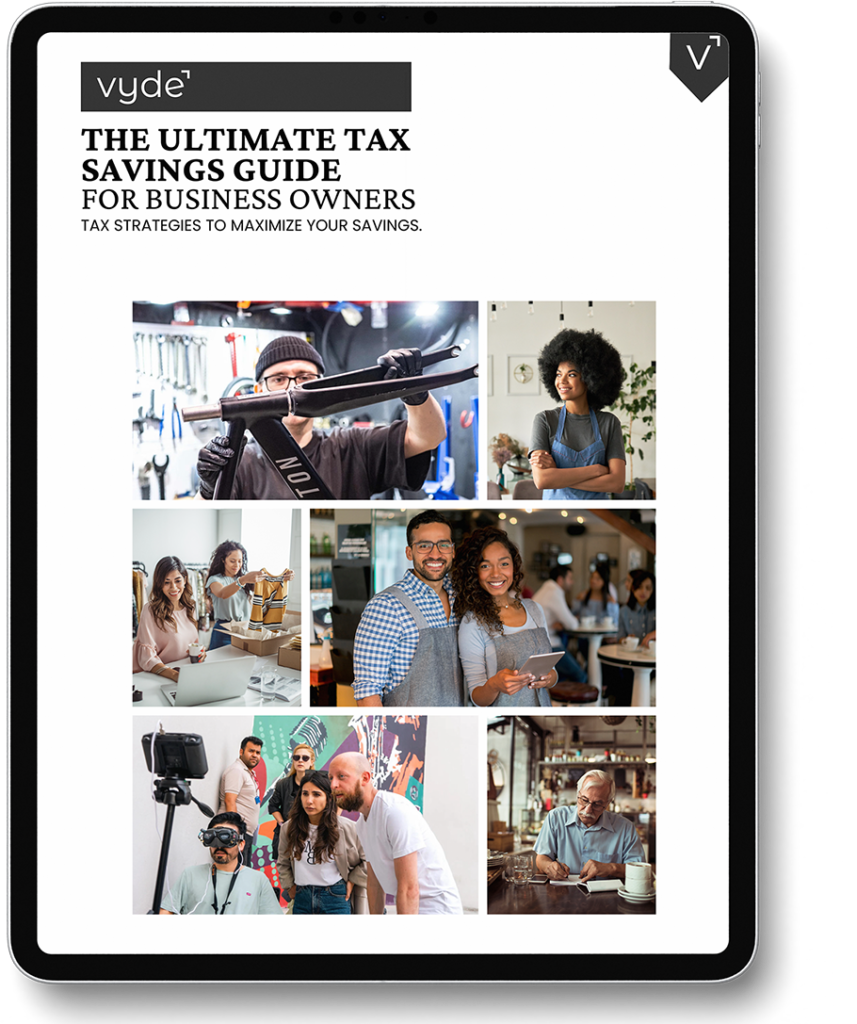
These days, companies are increasingly allocating more time and money to content marketing. And the effort is not without good reason, as 67% of marketers suggest that content marketing generates demand and leads. But with a surplus of information and entertainment options available to consumers, is all content marketing worth the effort and resources?
Because we live in an information world, many businesses assume that more content and information is better, but the opposite can be true. Information overload can be overwhelming for consumers and lead to decision-making delays. So if you feel like you’re sending content into a void and nothing is happening, you’re probably right.
What Should I Do?
If marketing is not your expertise, your first hunch might be to throw out more content and see what sticks, but that option can be risky and highly impractical. You have to remember that consumers may, at quick glance, judge the credibility or the purpose of your business based solely on what you post on social media.
Moreover, as a small business owner, your time and resources are incredibly important, and the financial flexibility to hire a content creator is often unavailable. Keeping up with trends, keeping track of the output of your content, and making sure it aligns with your brand identity can become a difficult task to juggle, so let’s go over three straightforward steps to make your content creation manageable:
1. Creating a field comparison.
The good news is that you don’t have to reinvent the wheel! You can gain a lot of valuable insight based on what your competitors are doing and how it’s working for them. Start by choosing 4-5 companies in your field and creating a chart that allows you to compare their content data at a quick glance.
Include any information you might want to consider when creating content for your business. Maybe you want to know the total number of social media accounts each competing company uses and the number of followers on each account. This might help you determine which platform works best for your service or product and where most of your customers are spending their time scrolling or engaging.
Look into what types of content your competitors are creating and how they are relating it to consumers. Are they creating educational, promotional, or charismatic content? Are they allocating a lot of resources to podcasting or webinars? Are they spending any money creating printed content, such as flyers or magazines?
You’ll be surprised to see what other companies in your field are doing; it will also be an excellent opportunity to see where their strengths and weaknesses lie and give you an idea of your own brand positioning.

2. Building a content strategy.
Once you’ve gained a good understanding of how your competitors are managing their content and how it’s working for them, you’ll be ready to create a strategy of your own. Strategizing can seem tedious, but it’ll help you lay down a strong foundation and minimize stress and confusion in the future. Here’s how to start:
-
Determine the why. What is the reason you are creating content? Do you want to raise awareness about your brand? Help others? Increase revenue? Be sure to prioritize your reason, as too many motives will muddle everything and not provide enough focus or direction. Put this into a short mission statement and refer to it often to make sure you are staying on track.
-
Understand your clients. Determine who you want to target and build the persona of your ideal customer. This could be based on your current clients or ones you want to focus on in the future. Think about where and how they are consuming information, what needs or pain points they may be encountering, and how your content can solve those. Connect to your consumers by sending surveys, or calling and talking to them directly. You’ll be surprised about how much insight you can gain from this experience and how much easier it’ll make your content creation.
-
Determine your own branding. This will dictate how your customers see you and what they should expect to see or hear from your content. This can include colors, typography, imagery, voice, tone, and personality. Is your business communicating professionally? Casually? Lightheartedly? Stick to these guidelines in every business interaction; it’ll help your customers feel like they are well-acquainted with your company and will set expectations about what your company is about.
-
Create a calendar or plan. This is the part that turns your good intentions into action. Define what the goal, medium, and topic for each part of your content will be, and don’t forget to include important dates or small campaigns. If you have a team, determine who will be in charge of each piece and what the goal or call to action will be, as well as how to measure the success of the content. Perhaps you’ll decide to attach goals to certain pieces, like reaching a specific number of likes or subscribers in a specific time frame. Don’t be discouraged when things start out slow. Most content engagement requires time and consistency, which is why plans and calendars are crucial!
3. Simplifying your content while improving its impact.
If you’ve already been creating content, take an honest look at what you have done in the past and cut out what isn’t working. This will be a great opportunity to audit your processes and help you determine where you can be saving time and resources. If you are just starting out, choose one thing to focus on this quarter based on your priorities. Maybe you just want to gain visibility, or maybe you want more interaction with consumers. Whatever the focus is, once you start feeling comfortable and that you are getting good results, you can try adding something new into the mix. Remember not to try doing too many things too fast or you’ll have a bunch of disheveled, ineffective content.
Another way to simplify your content is to consider two things: Look for what performed well in the past. You may be able to refresh and use it again. As for content that didn’t perform as well as you thought, consider how you can re-title, repackage, or reformat it to help it be better.
The most important thing to remember is to keep trying. Don’t give up! If content marketing was simple, then it would be ineffective. You’ll realize that as you start taking these steps into consideration and practice, it’ll become easier and even fun to create content and measure its success!
Want more insight on doing less and getting more from your content marketing? Check out the webinar below and don’t forget to subscribe to our YouTube channel!


